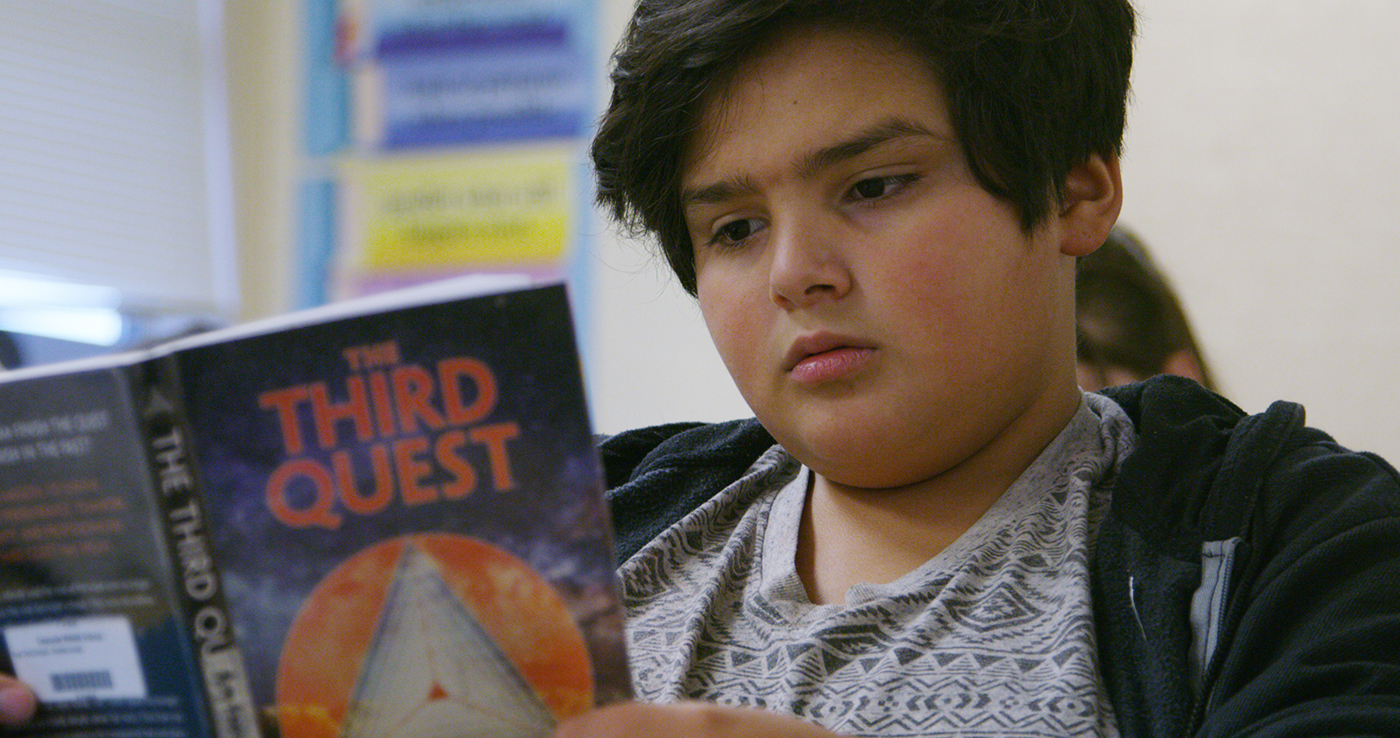Recently, there have been many responses to Lucy Calkins’ essay ”No One Gets to Own the Term, Science of Reading.” Many have responded with strong disagreement to her point of view. Two of the responses are very informative and can be found here and here. More disputes to her essay can be found here. Interestingly, none of the responses that I have seen to date address Calkins’ inaccurate attack on the Reading First initiative, which was the academic cornerstone of the No Child Left Behind Act (NCLB). While there are criticisms of the NCLB Act, in fact, many educators and those directly involved with Reading First have argued that the Reading First Initiative was one of the strongest components of NCLB.
Calkins makes the following statements about Reading First.
Instead, the experiment involved tens of millions of kids. It was called Reading First, the reading instructional program for K-3 mandated in schools funded by No Child Left Behind….involved a set of top-down mandates for intensive phonics instruction that resembled what the science of reading people today are supporting. The mandates included not only intensive systematic phonics based on “the science of reading” but also an unbalanced reliance on highly decodable texts, to the exclusion of trade books…The results of Reading First were not good…the problem with Reading First was not that it taught phonics, but that phonics was largely all it taught.
Calkins makes several factual errors in her statements above which are largely based on anecdotal musings from many who didn’t like Reading First.
First, she refers to Reading First as an “experiment.” Reading First was a way to provide districts with an option to improve reading instruction and achievement based on the prior 25 years of scientific research on effective reading instructional practices. It is incorrect to call Reading First a “mandate”; in fact, districts opted in to the program by applying to their respective states for the funding. Only about 10% of the nation’s elementary schools received Reading First funding but all schools were impacted by NCLB. Some districts rightly chose not to apply for Reading First funding because they knew the guidelines were not aligned to their approaches to teaching reading. Of course, with receipt of funding, districts were required to follow the guidelines of the grant. In contrast, what was an experiment were school districts and states mandating whole language instruction during the late 1980s and 1990s, causing declines in reading achievement across the country. There was and still is little to no evidence of whole language’s efficacy, especially with students who are likely to struggle to learn to read.
The other false claim Calkins makes is that phonics was all Reading First taught. The Reading First initiative was based on the National Reading Panel Report findings which explicated the five essential components of reading – phonemic awareness, phonics, fluency, vocabulary, and comprehension. First of all, Calkins’ statement that Reading First “taught” phonics is just poor writing (coming from a writing guru, that is ironic) – Reading First was an initiative not a teacher. More importantly, however, Reading First required schools to teach all five essential components of reading. It did not require only intensive phonics.
I was intimately involved with the professional development efforts of the Reading First initiatives in both Texas and California, two states with the largest Reading First funding. In both of these states there was never a “phonics only” approach to professional development. Both states stressed implementation of scientifically research-based instruction using high quality, research-based instructional materials. Certainly, phonics and phonemic awareness were emphasized in K-2 initially since those were elements about which teachers had little knowledge and lacked preparation to teach those skills. However, they also were always supposed to include vocabulary development and reading comprehension, in the earliest grades through read alouds. Prior to the early 2000s when Reading First began (and arguably to this day), teachers have had poor preservice training in phonics and phonemic awareness so it was necessary to emphasize these components. However, to say that the initiative itself promoted only phonics is untrue. Yes, there was anecdotal evidence that some schools were spending more time than recommended on these two components, but it never was a conclusion from a program evaluation that this was a widespread phenomenon in all Reading First schools across the country.
Lastly, Calkins states that Reading First didn’t work based on the poorly designed USDOE study to argue her point. In fact, California’s Reading First evaluation in Years 4, 5, and 6 concluded that the initiative was effective. See the italicized statements below from the executive summary of the Year 6 report. The full Year 6 report can be found here.
On the grade 2 CST achievement metric Reading First schools have grown 30 scale score points since 2002, indicating significant growth for grade 2 in California since the program began.
The migration of students out of “Below and Far Below Basic” is more than twice what it is for non-Reading First schools.
The grade 5 movement of students out of “Below or Far Below Basic” in Reading First schools is more than twice that seen in non-Reading First schools, three times more in high implementing schools. This finding indicates a sustainable and replicable effect of the program once students no longer have grade-level access to it due to funding and programmatic limitations (K-3).
There were several other states that shared similar data improvement stories as a result of Reading First – Alabama, Washington, Texas, Arizona, and the Bureau of Indian Education to name a few.
In summary, no matter what Lucy Calkins says, Reading First was a successful initiative that got killed due to politics and disgruntled vendors, a very sad end to the most successful federal education initiative.






